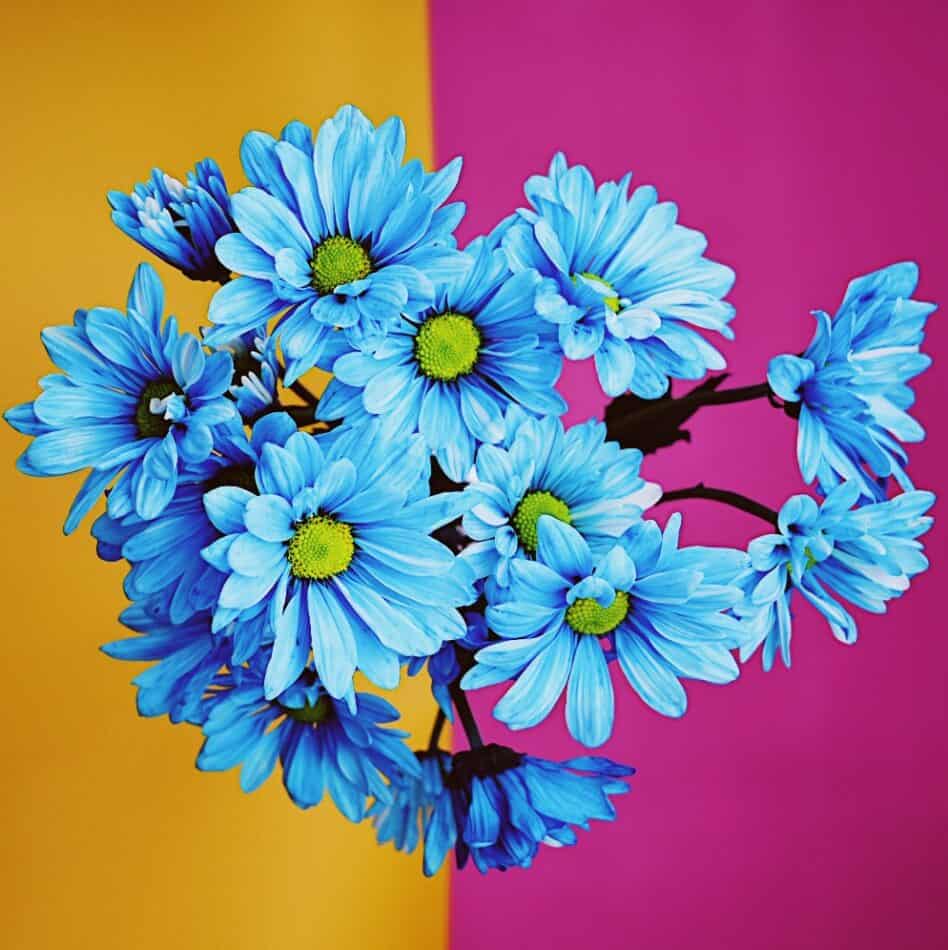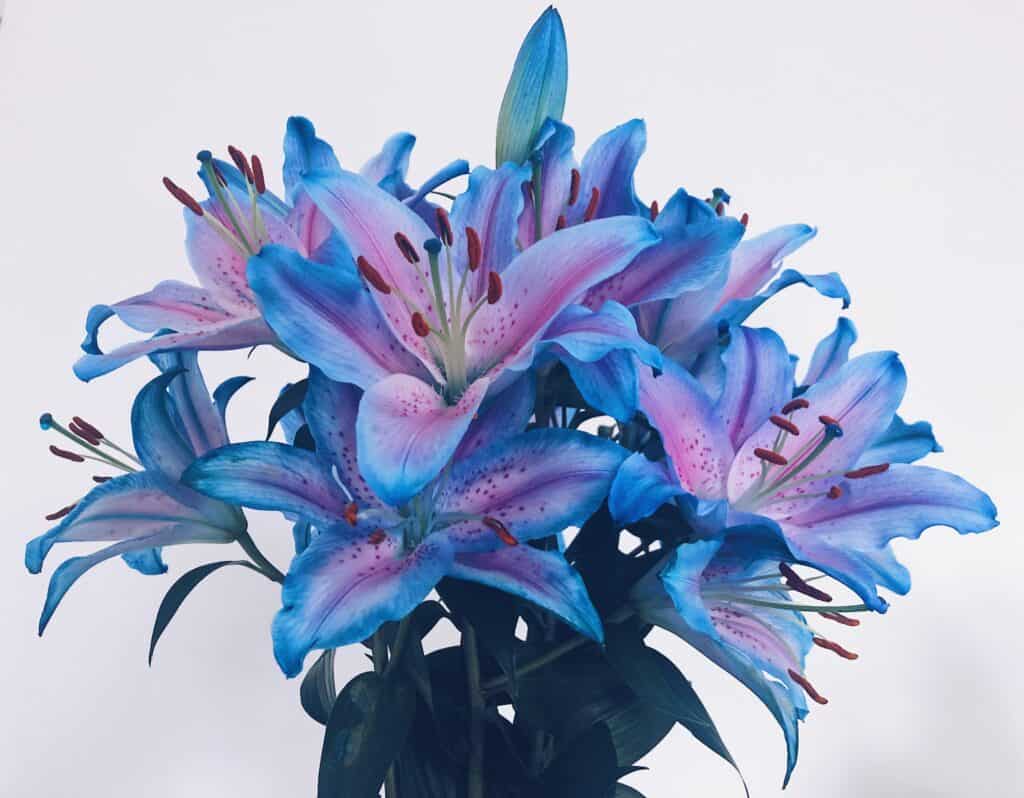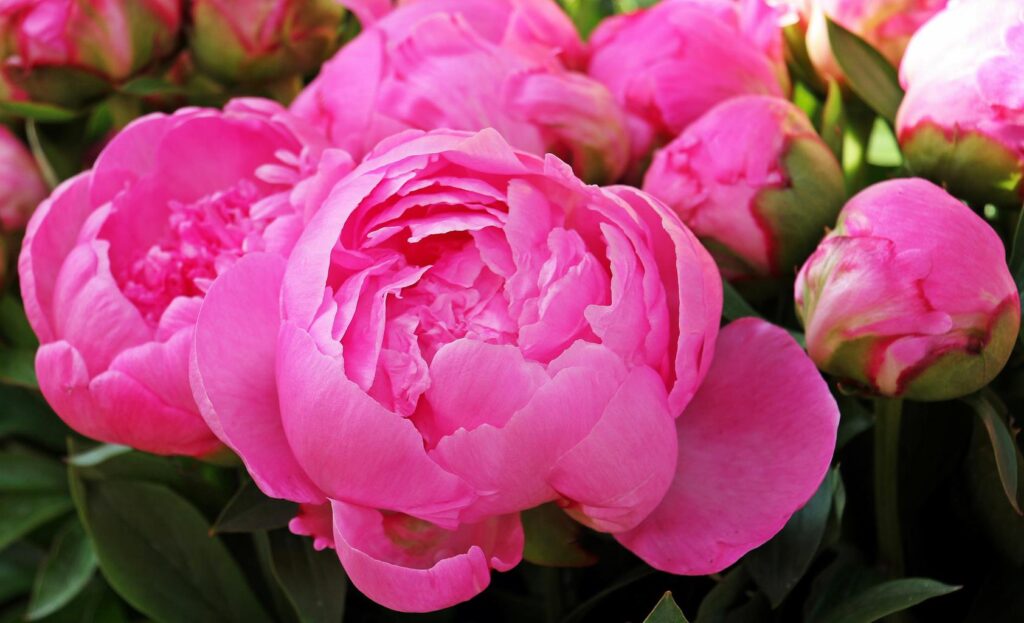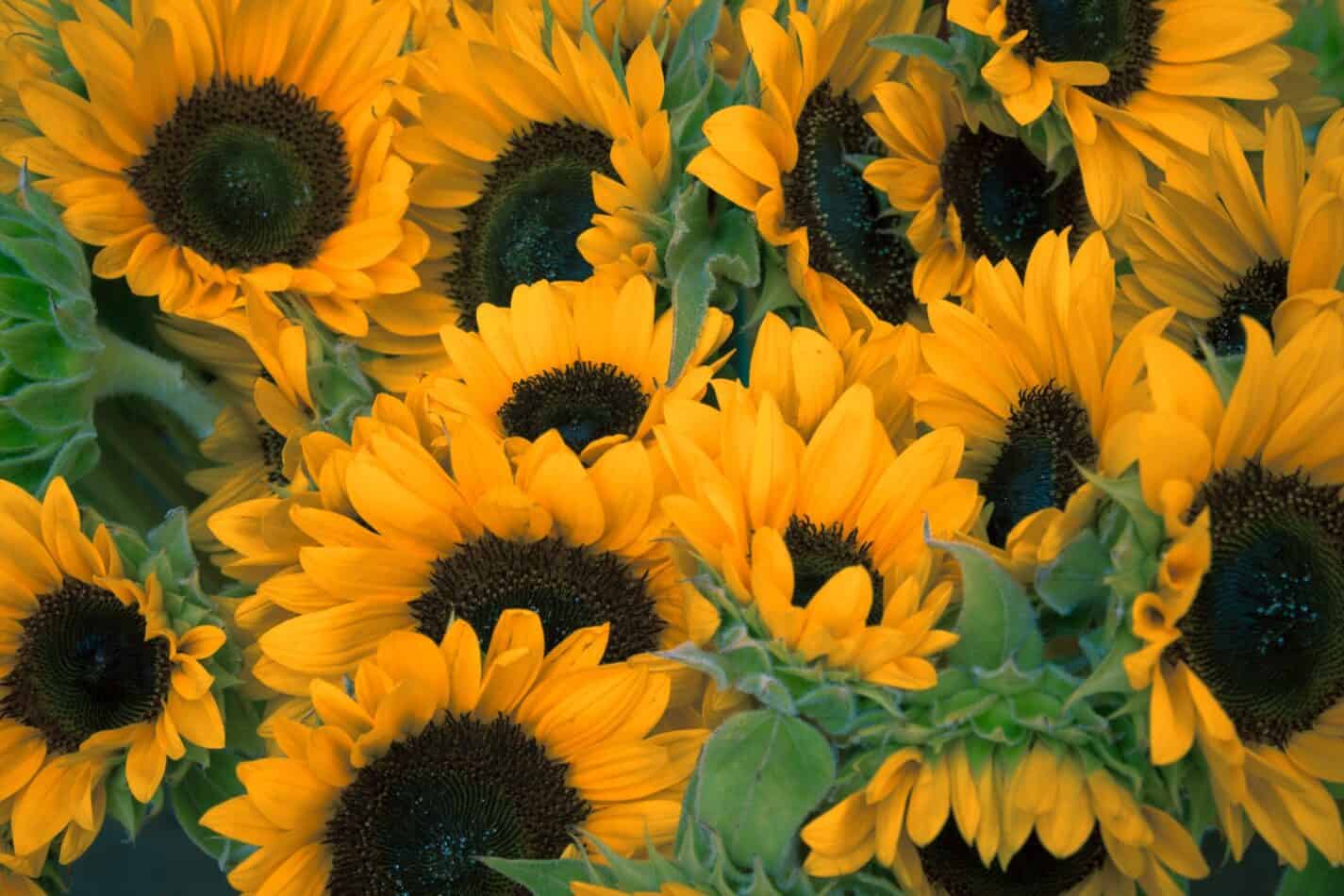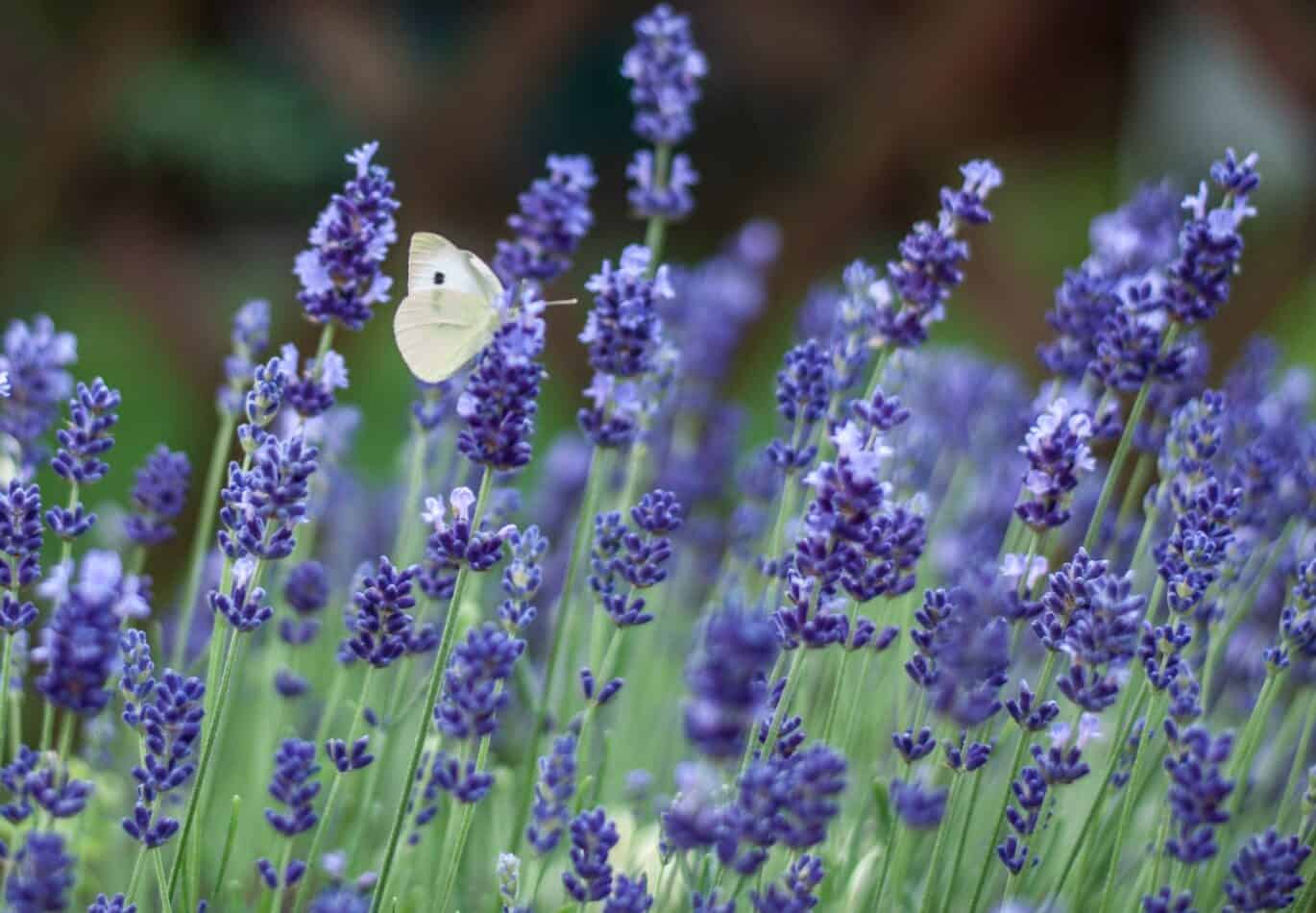Why do we celebrate valentines day? What is the history of this holiday? Is it a religious or secular celebration?
The History Of Valentines Day
The History of Valentine’s Day, also known as Saint Valentine’s Day and Feast of St. Valentine, is celebrated on February 14th in many countries worldwide. It is believed to have originated from an ancient Roman Catholic saint named Valentine, who was executed for performing marriages against church law during the early 4th century. People began exchanging love letters and gifts in the Middle Ages on February 14th, eventually becoming romantic celebrations with cards, assorted chocolate, and flowers. The first documented evidence of a feast day dedicated to Saint Valentine dates back to 354 A.D., but some records suggest he was revered as early as 270 A.D.
In the United States, the tradition of celebrating St. Valentine’s Day has been popular since Victorian times. On February 14th, 1845, George W. Childs published “Saint Valentine’s Day: Its Origin, Meaning, and Significance,” which included a poem by William Shakespeare called “To His Love.” This poem inspired Americans to begin writing their poems about love and romance, and soon, the custom of sending greeting cards became widespread.
In the 19th century, American printers started creating special paper designs for Valentine’s Day greetings, and these were distributed through the U.S. mail system. By the 20th century, the popularity of St. Valentine’s Day had grown so large that stores began selling small boxes of candy and other treats, and greeting card companies created new designs for the occasion.
Today, most people know St. Valentine’s name because of his association with romantic love. However, there are several different saints named Valentine, including one who died in 269 A.D. and another who lived in the 5th century. There are even more variations of the names Vincenzo, Vincente, and Vinicio.
What Does Valentines Day Mean To You?
Today, Valentine’s Day is primarily associated with romantic love between couples. But did you know that the original meaning of the word “valentine” actually referred to a person who was kind, generous, and loving?
Today’s modern definition of Valentine’s day has become corrupted over time. For example, some people believe that “valentine” should only be used when referring to someone who loves another person romantically. Others think the term “valentine” should not be used.
However, the original meaning of the term “valant” refers to someone kind, generous, and caring towards others. So if you want to honor your sweetheart on Feb 14th, why not send them something that reminds them of how much they mean to you?
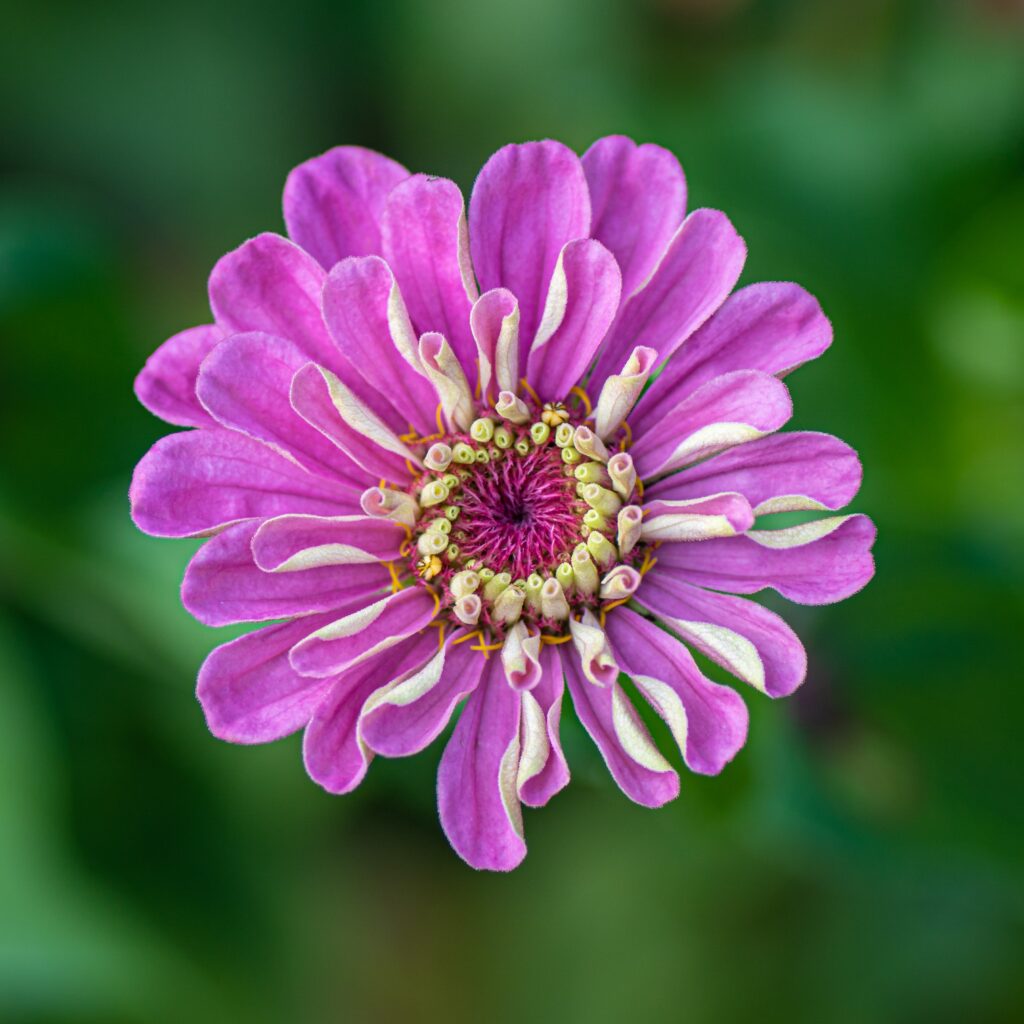
How Can I Celebrate Valentine’s Day?
There are lots of ways to celebrate Valentine’s Day! Here are just a few ideas:
- Send your loved ones a letter or gift message telling them what you appreciate about them.
- Make a list of things you admire about your significant other, then write down a compliment for each item.
- Write a short note expressing your feelings for your partner.
- Give your partner a gift basket that will remind him/her of you.
- Create a homemade valentine using heart-shaped cookies, cupcakes, or brownies.
- Buy your loved one a bouquet of red roses.
- Go out to dinner together and share a romantic evening.
- Have a candlelit dinner at home.
And the list goes on and on. Pick your favorite choice!
Best Flowers to gift
Is there the best flower to gift for Valentine’s, and which one? The answer depends on whom you’re giving it to. If you’re giving it to your girlfriend, you can’t go wrong with any flower. A fresh bouquet of roses is always a good idea, but if she doesn’t like roses, maybe get her some other type of flower.
If you give it to a guy, he’ll probably prefer something a little more masculine. Think about getting him a nice bunch of carnations or tulips. Or perhaps a bundle of roses would be better than a single classic rose. Nobody ever complained about receiving fresh flowers!
If you’re going to give it to a friend, you might as well make it extra special by picking up a box of chocolates or a bottle of wine.
You could also try sending a handwritten note instead of a flower. It’s a great way to express yourself without having to spend money.
Roses, lilies, and tulips are my favorite flowers to send on Valentine’s Day. Roses are the traditional flower of choice for Valentine’s Day, so they’re worth considering. They come in many colors and varieties, which makes them the perfect bouquet for almost anyone.
Lilies are very popular, too, especially white lilies. White lilies symbolize purity and innocence, making them an ideal choice for a woman. Tulips are another popular option since they represent springtime and new beginnings.
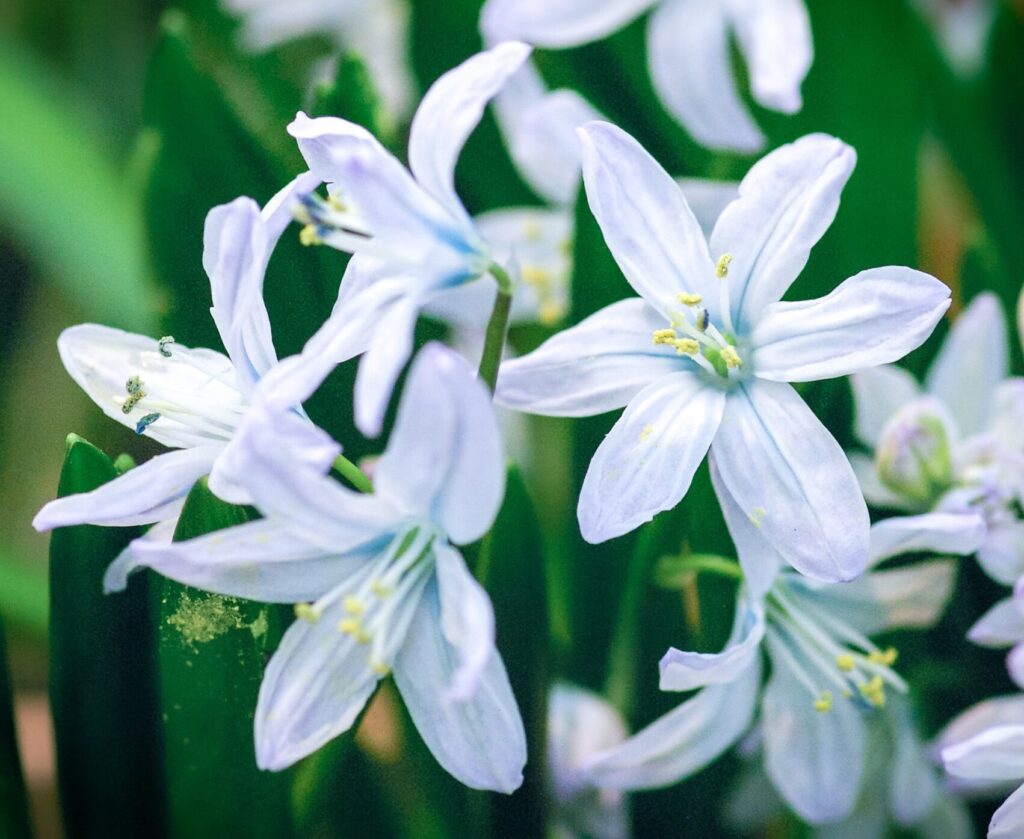 Flowers are a wonderful way to show your appreciation for someone. Sending flowers on Valentine’s Day is a tradition that dates back hundreds of years. It was once believed that the custom originated from pagan celebrations honoring fertility goddesses.
Flowers are a wonderful way to show your appreciation for someone. Sending flowers on Valentine’s Day is a tradition that dates back hundreds of years. It was once believed that the custom originated from pagan celebrations honoring fertility goddesses.
Many other flowers are usually recommended for the 14th of February. Their message varies, so choose carefully and pick the flower arrangement that better represents your relationship with the person you send the flowers to. Otherwise, you may relay a message that you do not intend to.
For example, red roses symbolize romantic love and passion. One red rose or a floral arrangement of red roses given on Valentine’s Day will tell the recipient that you love them. Orchids are beautiful flowers that will convey the sentiment of love, beauty, and strength.
Decide what you want to say to the recipient, then your selection of flowers for Valentine’s Day will convey that message for you. And don’t be afraid to avoid the traditional gift of red roses and a heart-shaped box of candy (although they might be the perfect gifts!). Be unique, be yourself, and consider other non-traditional best flowers for Valentine’s Day gift-giving.
Carnation
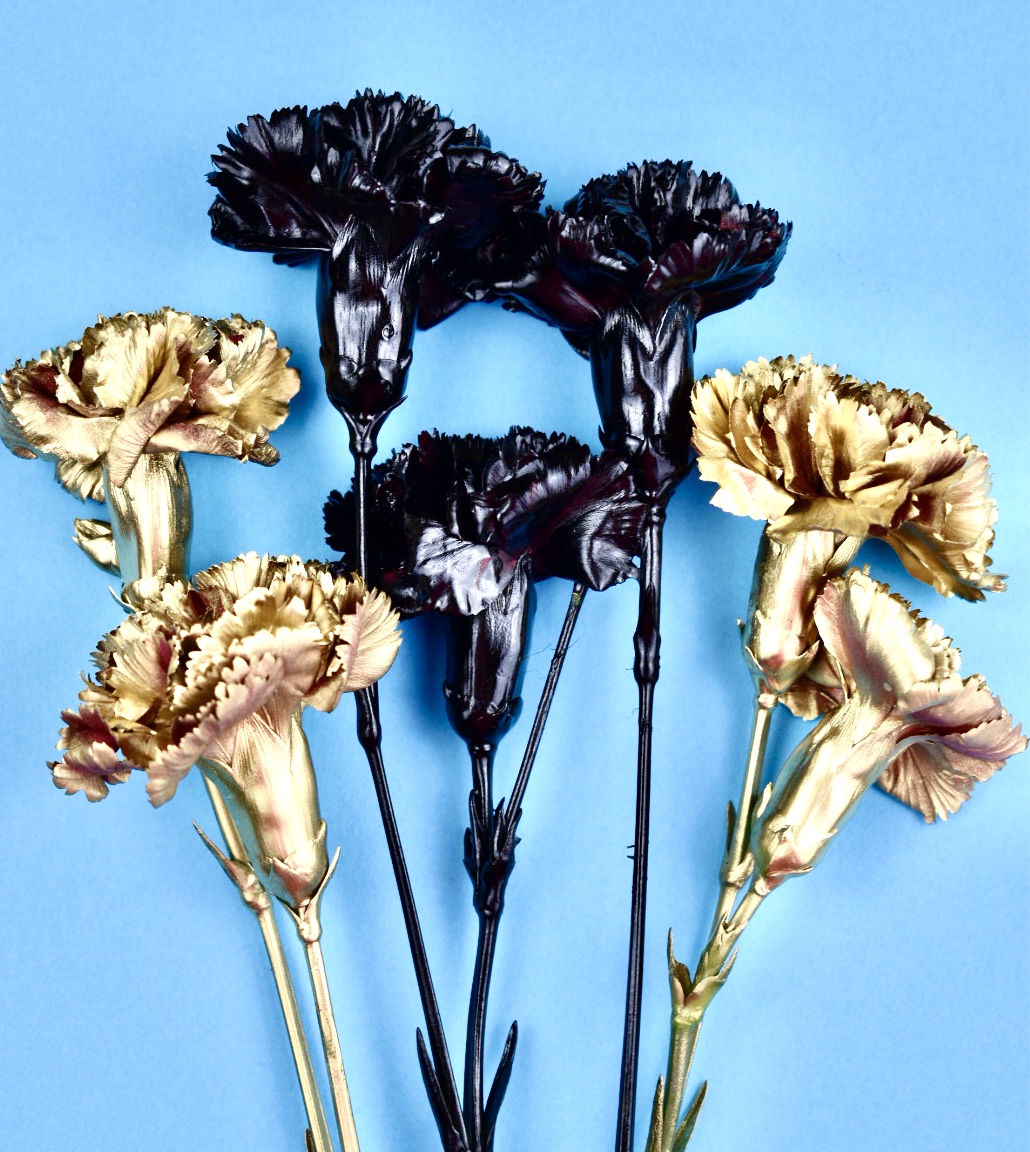
Carnations are popular flowers to give on gift-giving occasions; each bloom color represents a different meaning. Deep, dark red carnation blooms mean strong, romantic love and passion, while a light red bloom means admiration and affection.
White carnations mean purity and good luck, and pink carnations convey gratitude. White or pink carnations are ideal for gifting to a daughter, mother, or sibling on Valentine’s Day but save the dark red blooms for your wife or girlfriend.
Chrysanthemum
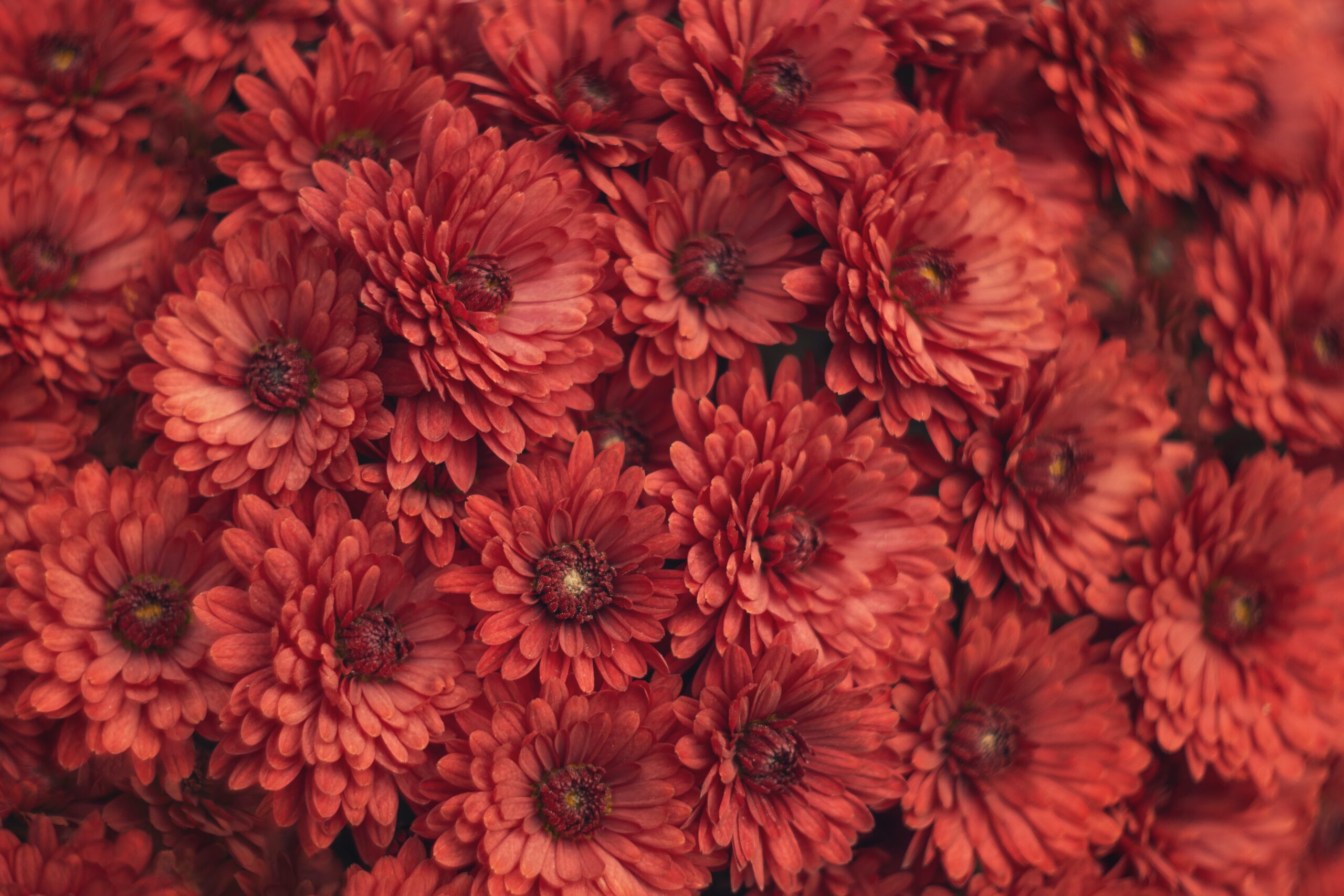
Photo by Nadiia Ploshchenko
This flower is traditionally associated with autumn but has the overall meaning of joy and optimism and would be a very good flower to give to someone you hope to have a future with.
A mixed bouquet of pink chrysanthemum colorful blooms wishes the recipient a long life; white blooms symbolize loyalty and devotion, and the red blooms are the perfect flowers and a special gift as they mean ‘I love you.
Hydrangea
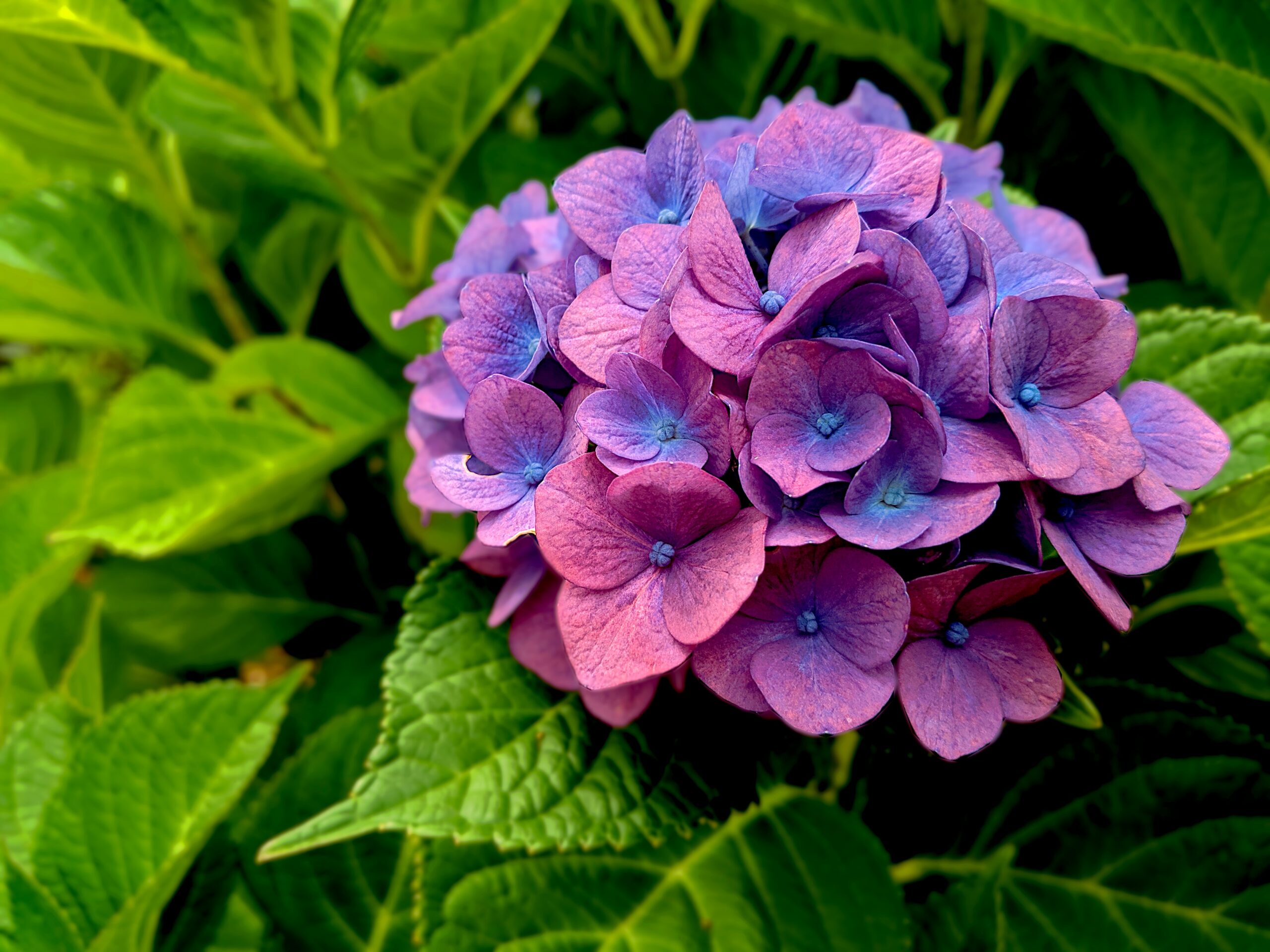
Photo by Summer Quinn
These large flowerheads come in the bloom colors of pink, blue, white, or a mix of these three colors and make for beautiful bouquets. All colors of hydrangea blooms represent love, unity, and family. Instead of giving cut hydrangea blooms this Valentine’s Day, consider giving a potted hydrangea so it can be planted in the yard and the floral display enjoyed for years to come.
Peony
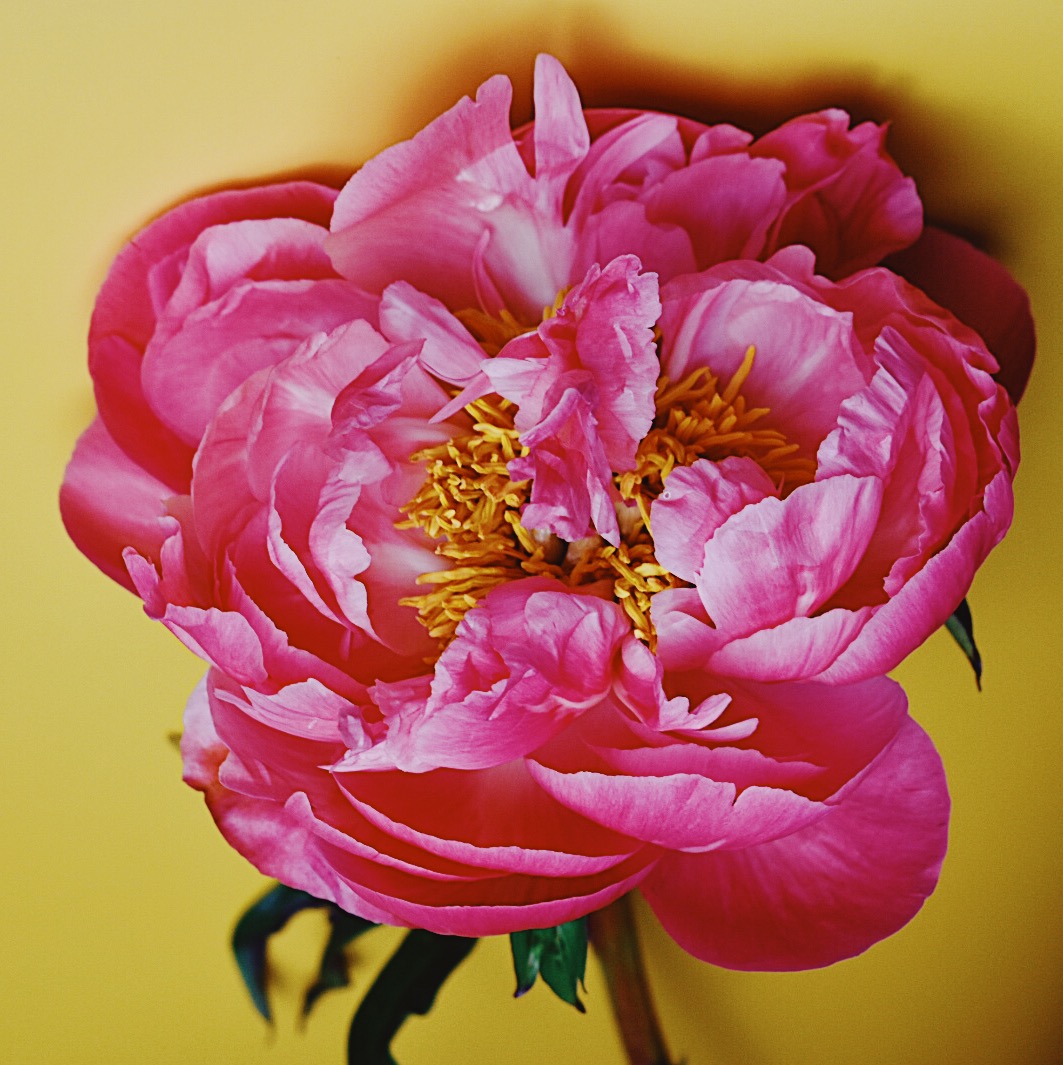
Processed with VSCO with av4 preset
Fragrant and delicate-looking petals create a large bloom and are a favorite at weddings because they symbolize beauty and elegance and make stunning flower bouquets. Red peonies convey the message of love and passion; pink peonies symbolize love at first sight.
A white peony symbolizes regret and offers an apology. So if you need to say ‘I am sorry to someone this Valentine’s Day, give them a white peony.
Sunflowers
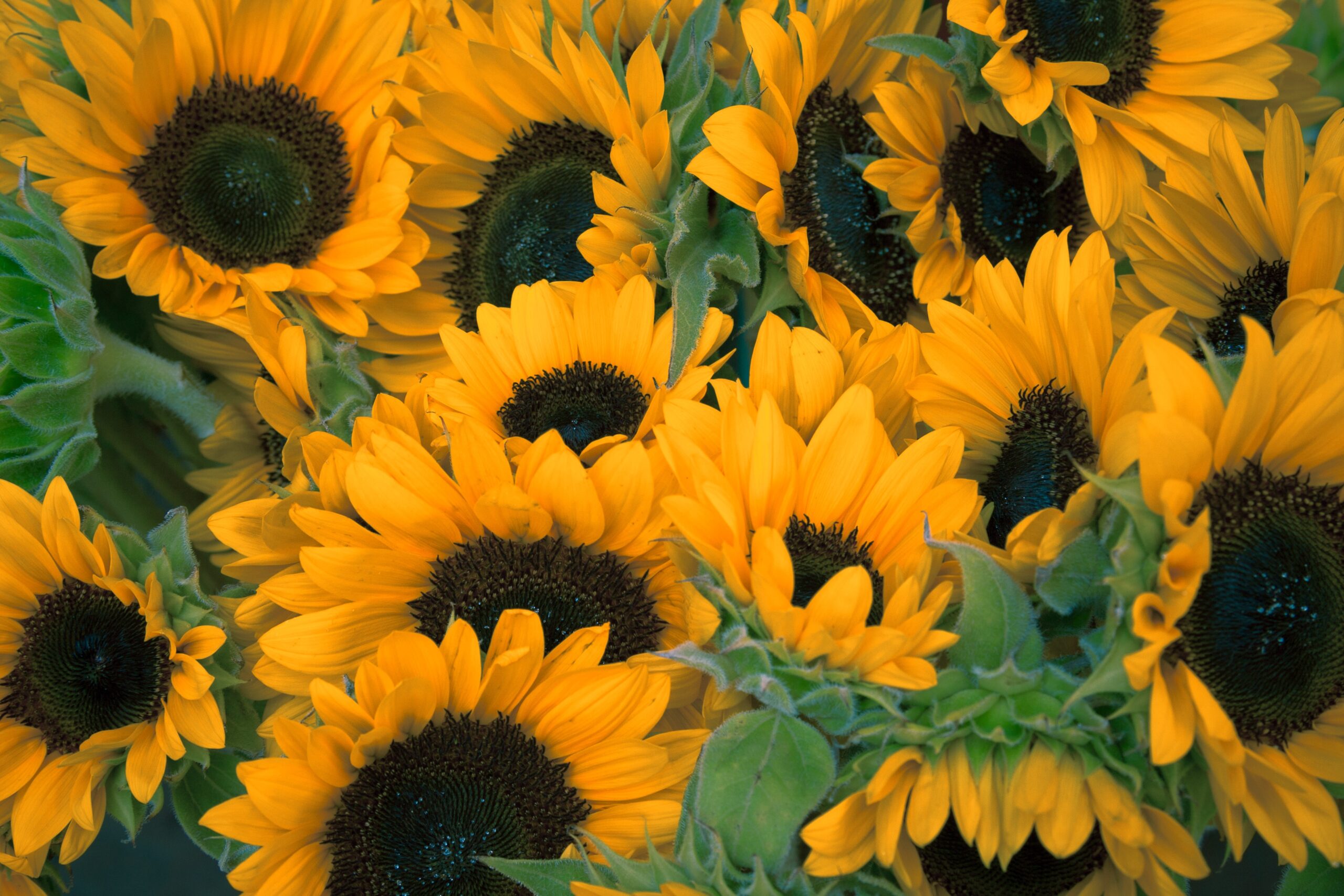
Photo by Gerome Bruneau
These flowers represent happiness and joy. It’s hard to look at a field of sunflowers without smiling. These flowers come in several sizes and bloom colors, including traditional happy yellow; red, which conveys lust and passion; orange, which means strength and positivity; and white sunflower petals, which represent innocence.
Tulips
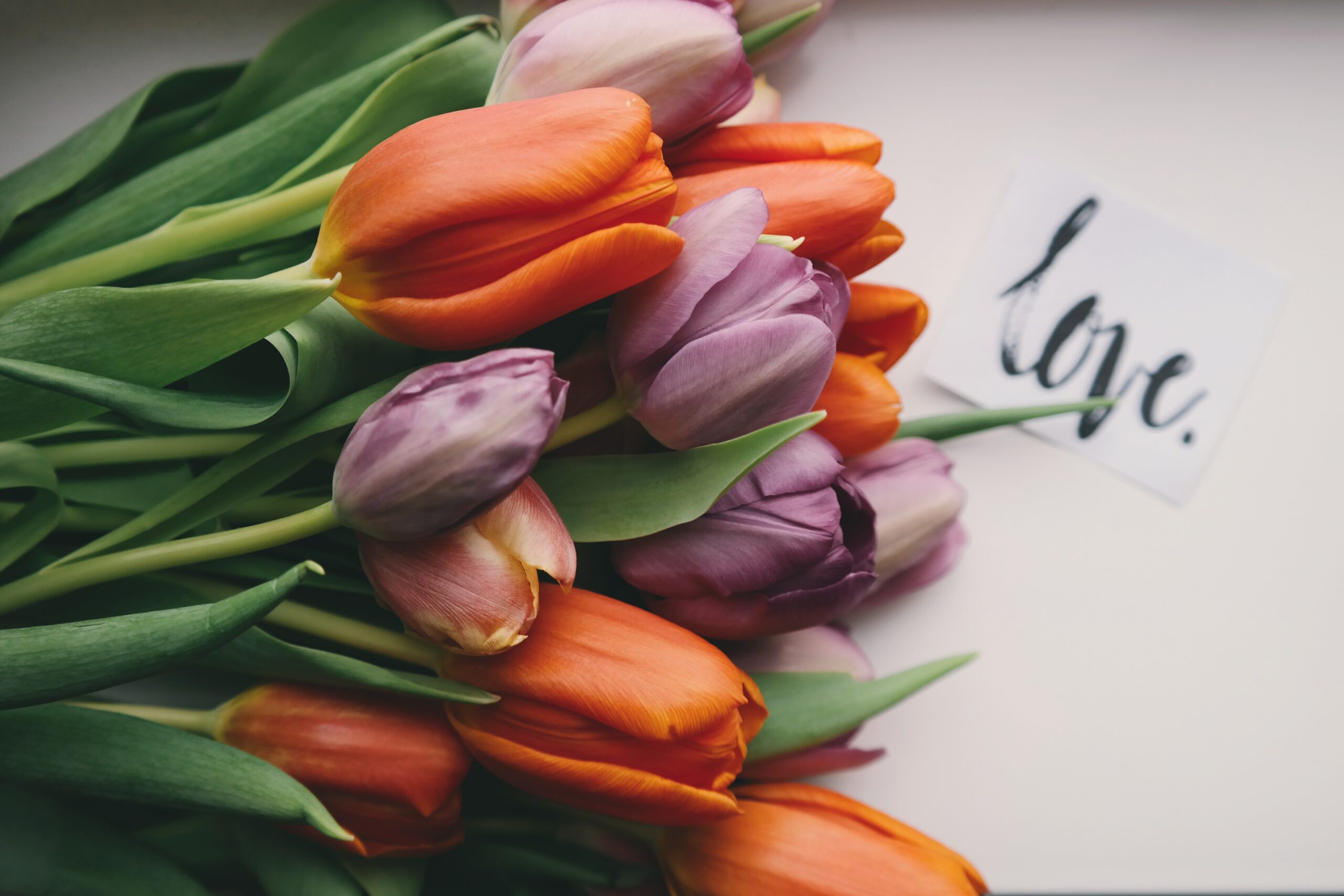
Photo by Brigitte Tohm
All colors of tulips mean perfect, unconditional love. These fragrant flowers can be given to any family member or with whom you share romantic love.
Tulips are among the first flowers to bloom in the spring and are often used to represent a fresh start or new beginning.
Violets
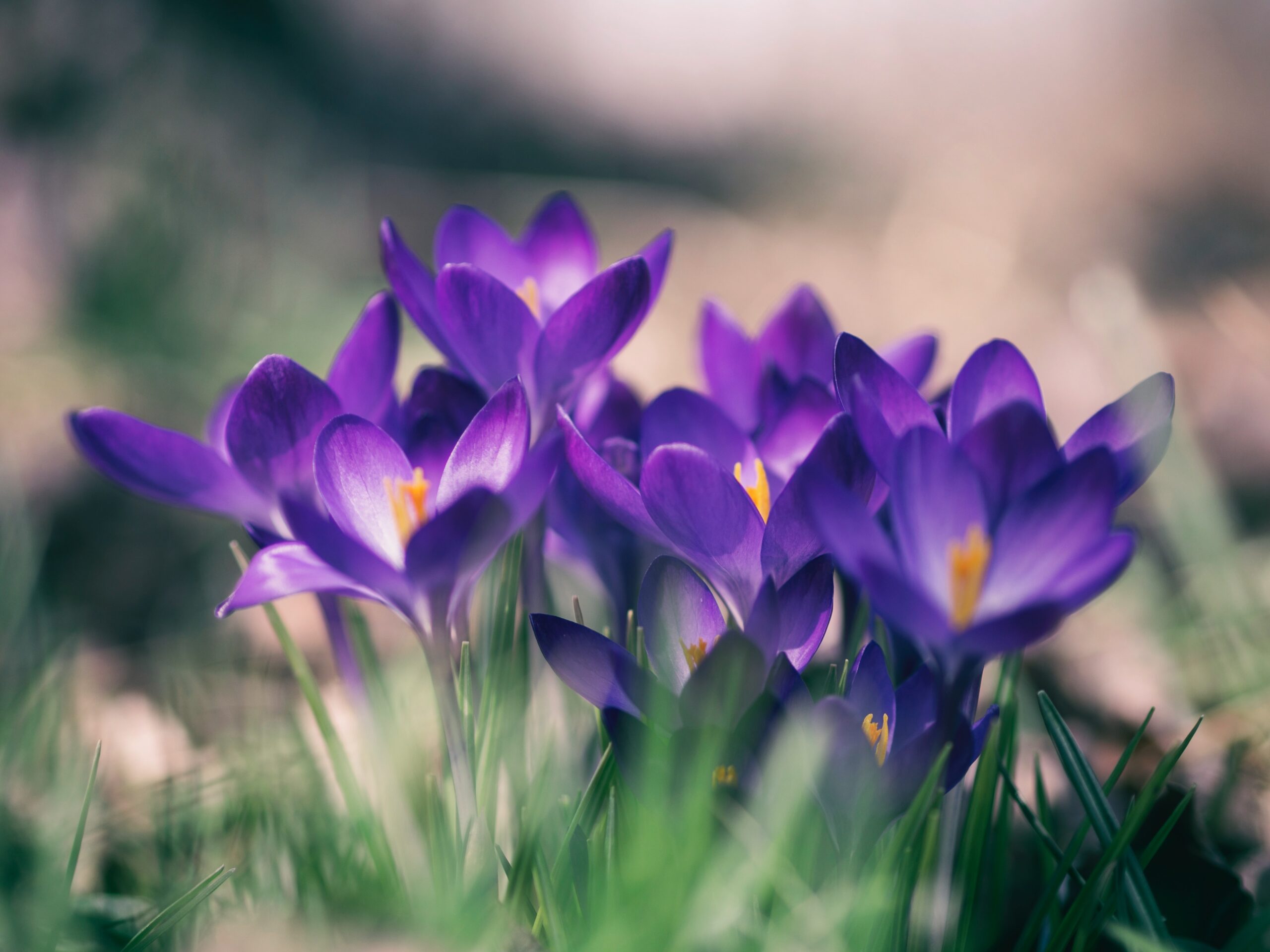
Photo by Aaron Burden
These small deep purple blooms represent modesty, faithfulness, and humility. By giving someone violets for Valentine’s Day, you are telling them that you admire their faithfulness and that your affection for them will be faithful and enduring.
Zinnia
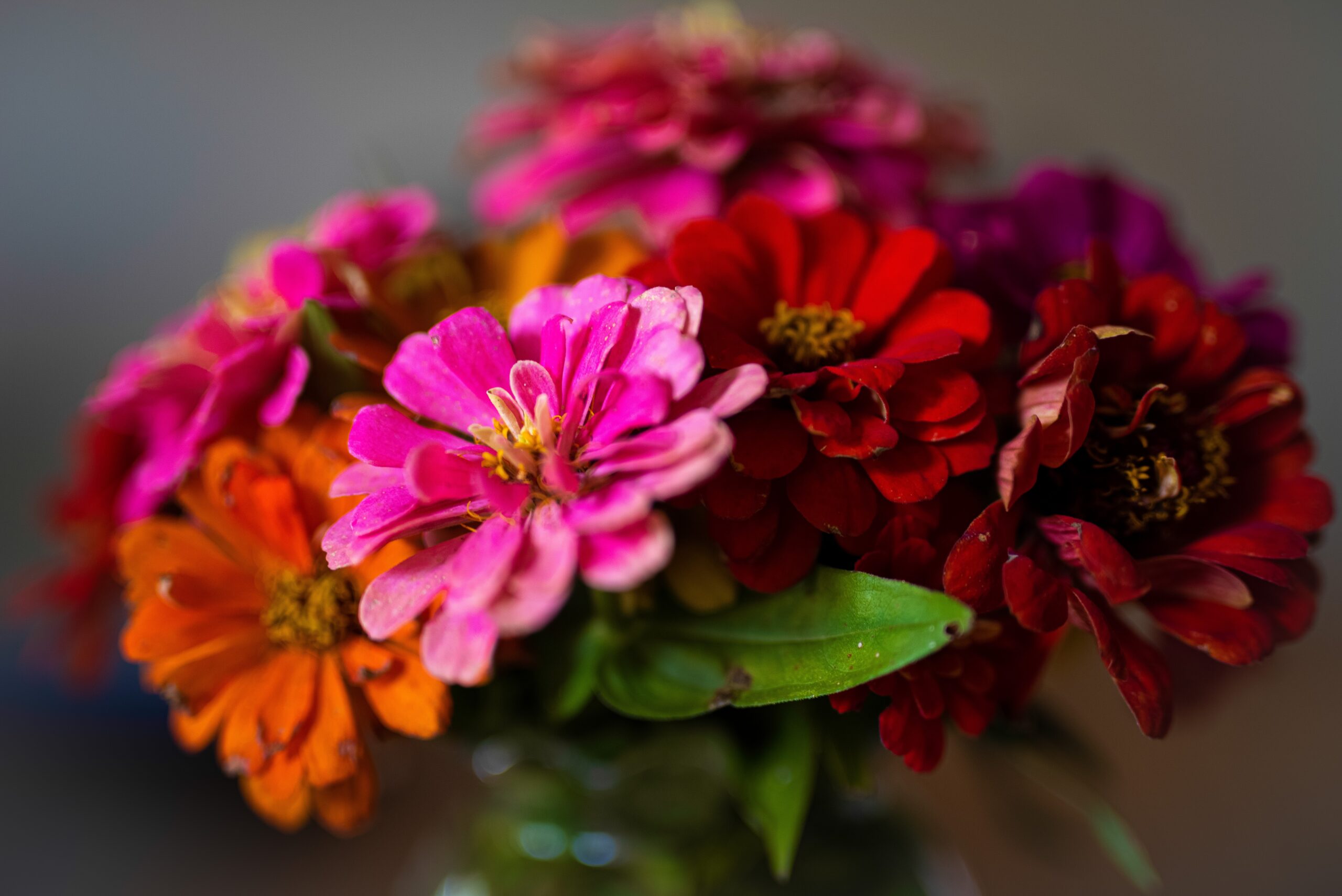
Photo by Joanna Swan
A common garden flower is used daily to remember someone in your life, either past or present. The tall, stately plant produces one large bloom on top of each stem that lasts for weeks during the summer and is a constant reminder of someone we love.
The yellow zinnia blooms are most often associated with remembrance, and white blooms represent goodness. Reddish-purple blooms covey the message of everlasting love and are perfect for adding to a Valentine’s Day floral bouquet.
If you are more traditional and you’d prefer to gift a different color bouquet instead, why don’t you check our guide to Red Flowers: 11 Types and What They Mean
What we love from Amazon this week
Buy these wonderful flowers directly from Amazon:


